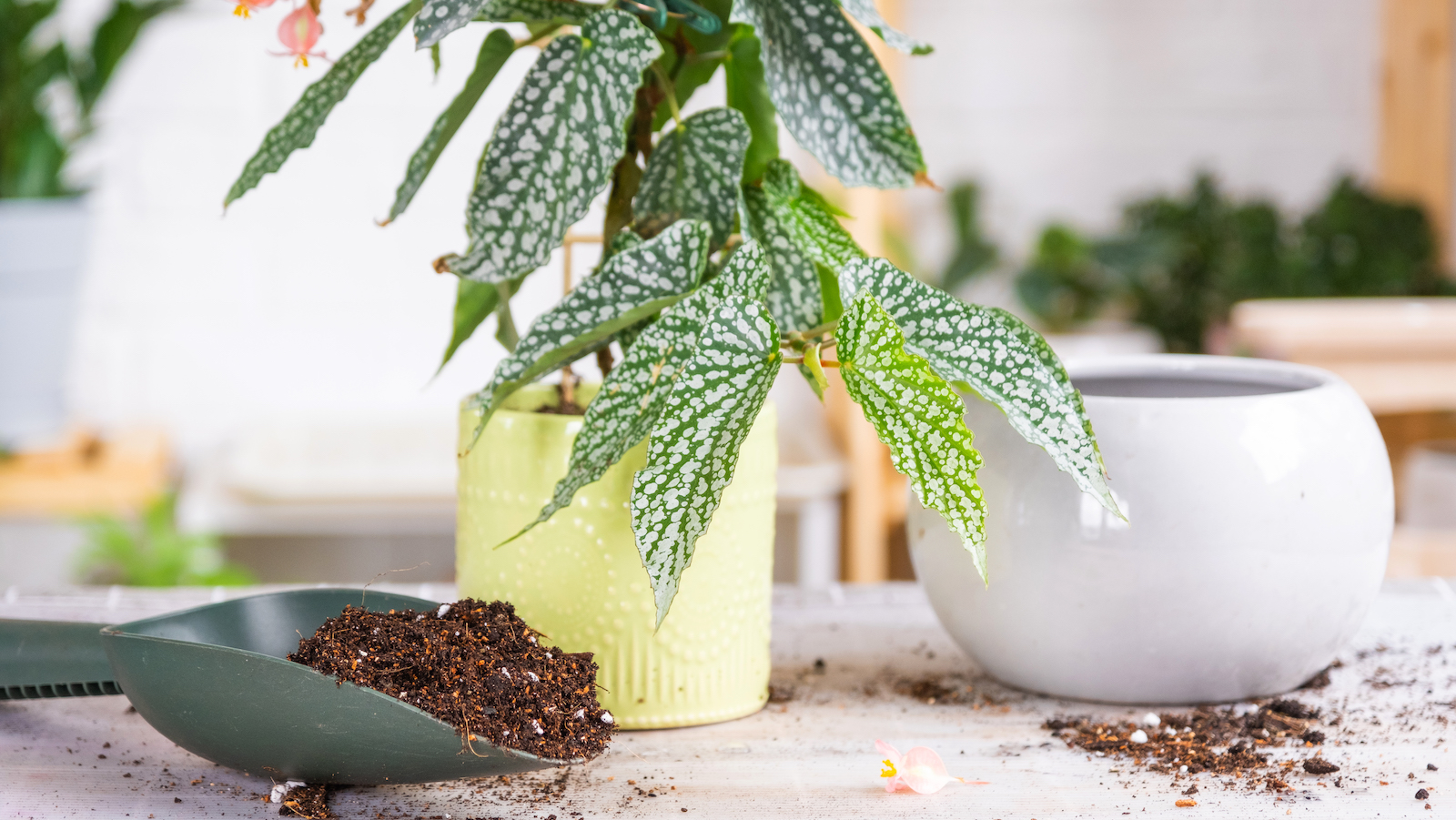

If you're an attentive plant parent wondering when to fertilize houseplants, our experts will point you in the right direction.
While most indoor greenery is fairly self-sufficient, your leafy friends will need more than a bright corner. Besides water, they'll need nutrients, too. Our gardening pros reveal when it's best to fertilize houseplants to help them thrive.
We delve into knowing how to pick a time to give your delightful collection of indoor plants a bolus of nutrients, and the fertilizers to consider.
When to fertilize houseplants, according to the pros
A post shared by Real Homes (@real_homes)
A photo posted by on
While caring for houseplants, it's crucial to look out for particular signs from your green babies indicating that they need TLC.
"You'll want to fertilize houseplants as they are actively growing," says Jamie Mitri, the founder of Moss Pure. "You can see this happening if you notice new or growing leaves, buds, or roots."
When gardening in an apartment or home, you should fertilize your flora during their active growth period, which is typically in the early spring to late summer, according to Gene Caballero, co-founder of GreenPal.
Depending on the plant's needs, this will be either bi-weekly, or monthly. Once the colder weather rolls around, things tend to change. Gene says, "During the fall and winter, most houseplants enter a dormant phase and require less fertilizer, if at all."
However, that's not to say that your greenery should be over-fertilized during their growth period, either. Houseplant mistakes have taught us there can be too much of a good thing.
"Follow the specific recommendations for each plant type, as over-fertilization can harm them," Gene adds. "Use a balanced, water-soluble fertilizer diluted to half the recommended strength to avoid overfeeding. Applying fertilizer to moist soil is also important to prevent root burn."
Consider what each particular potted cutie needs, its suggested form (liquid or powder) and follow instructions carefully. The Arber Organic indoor house plant fertilizer liquid concentrate on Amazon continues to be a fan-favorite, as is Instant Plant Food's two-pack houseplant fertilizer tablets at Target.
"The best thing to do is to apply the fertilizer per the manufacturer's recommendations to ensure you are adding enough and adding it correctly to help your plants grow," Jamie adds.
You can opt for The Sill's Plant Fertilizer for $20, which comes with a 9-3-6 NPK ration (that's nitrogen, phosphorus, and potassium — common fertilizer components) and is suitable for both indoor and outdoor plants.
Higher ratios means the fertilizer is more concentrated. It's not necessarily beneficial to add fertilizer shortly after repotting succulents or plants, or for those green companions in low-light areas, per The Sill.
"Lastly, monitor your plants for signs of over or under-fertilization, such as yellowing leaves or stunted growth, will help you adjust your feeding schedule and concentration as needed," Gene says.

Gene Caballero is co-founder of Green Pal, a platform connecting customers to lawn care experts in their area throughout the United States. With such diverse areas to cover, Gene is well-versed in specific greenery needs for various environments.

Jamie is an entrepreneur with degrees in chemical engineering and biology and an eye for design. She founded her company, Moss Pure — which features the world's only live moss air filter and stress relief device that acts as an aesthetically pleasing decor piece — at a startup competition at the Massachusetts Institute of Technology, where it took first place in 2020.
Dying to take your green endeavors outside? Expert reveal what to plant in March and why these specific blooms work.
Join our newsletter
Get small space home decor ideas, celeb inspiration, DIY tips and more, straight to your inbox!

Pleasure to meet you! I'm Danielle, a content editor at Real Homes who loves scoping out interior trends. I've specialized in lifestyle writing and editing for 10 years with a focus on events, food, and books, among other areas. When I'm not working, I'm usually cooking, reading, or searching for a new project for my apartment.
-
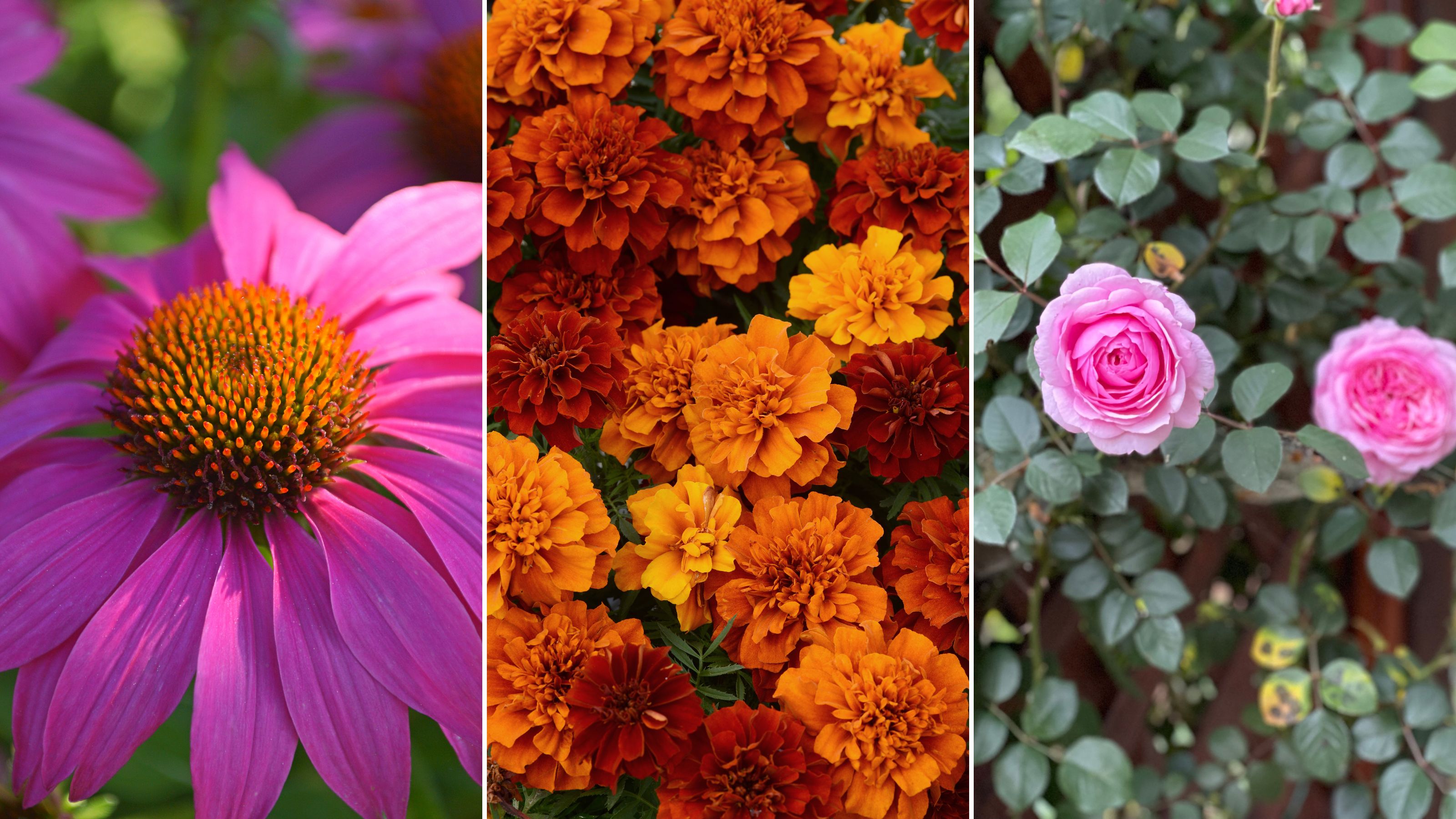 The 7 flowers to plant in August, according to gardening gurus
The 7 flowers to plant in August, according to gardening gurusKnowing what flowers to plant in August isn't always so clear-cut. But that's why we called in help from pro planters — here's what they said to pot.
By Becks Shepherd
-
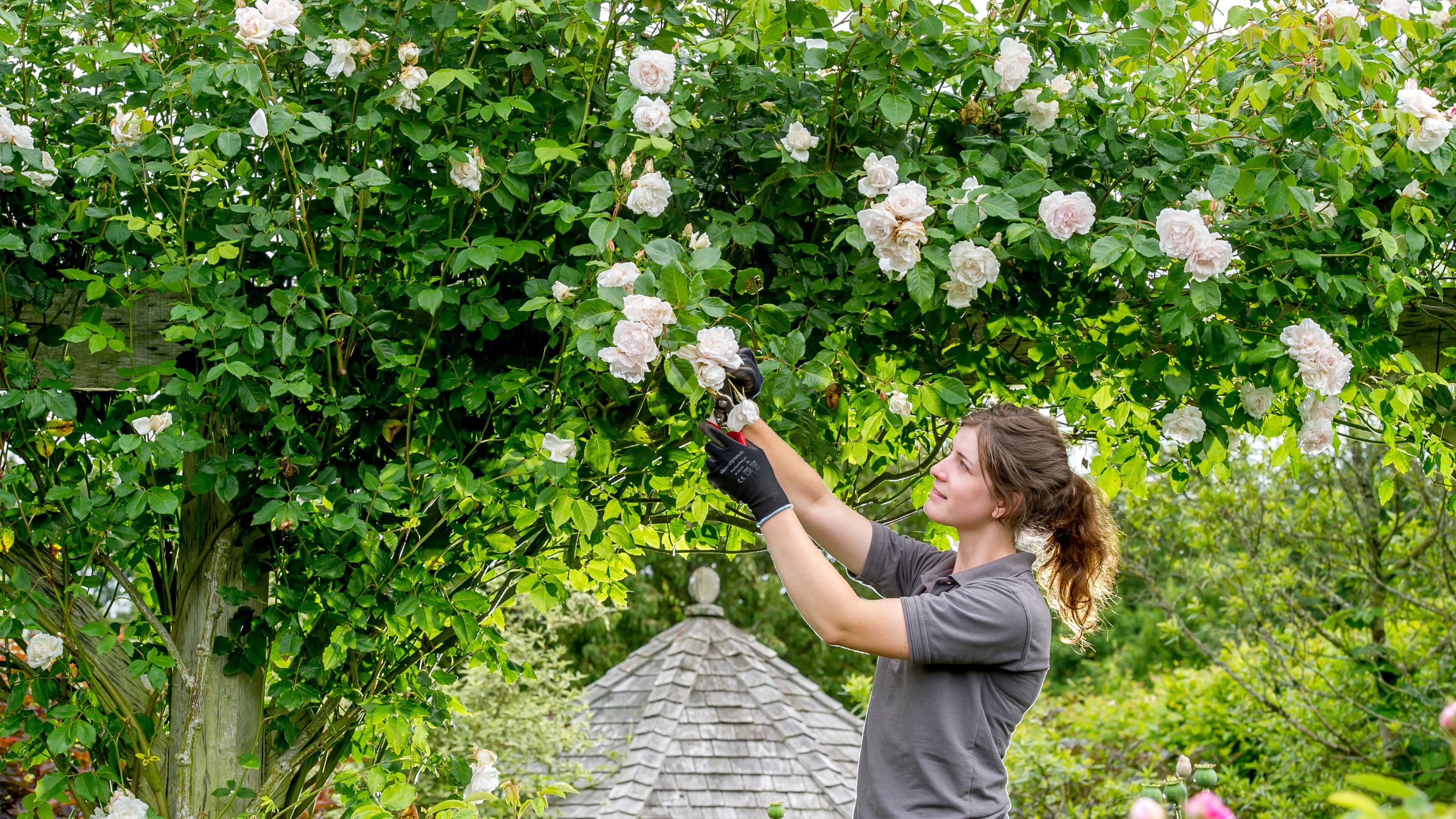 The 7 plants to prune in August — and the 2 pieces of greenery you shouldn't touch
The 7 plants to prune in August — and the 2 pieces of greenery you shouldn't touchWondering what plants to prune in August? We asked a gardening expert for their top tips plus info on what pieces of greenery to avoid pruning this month
By Becks Shepherd
-
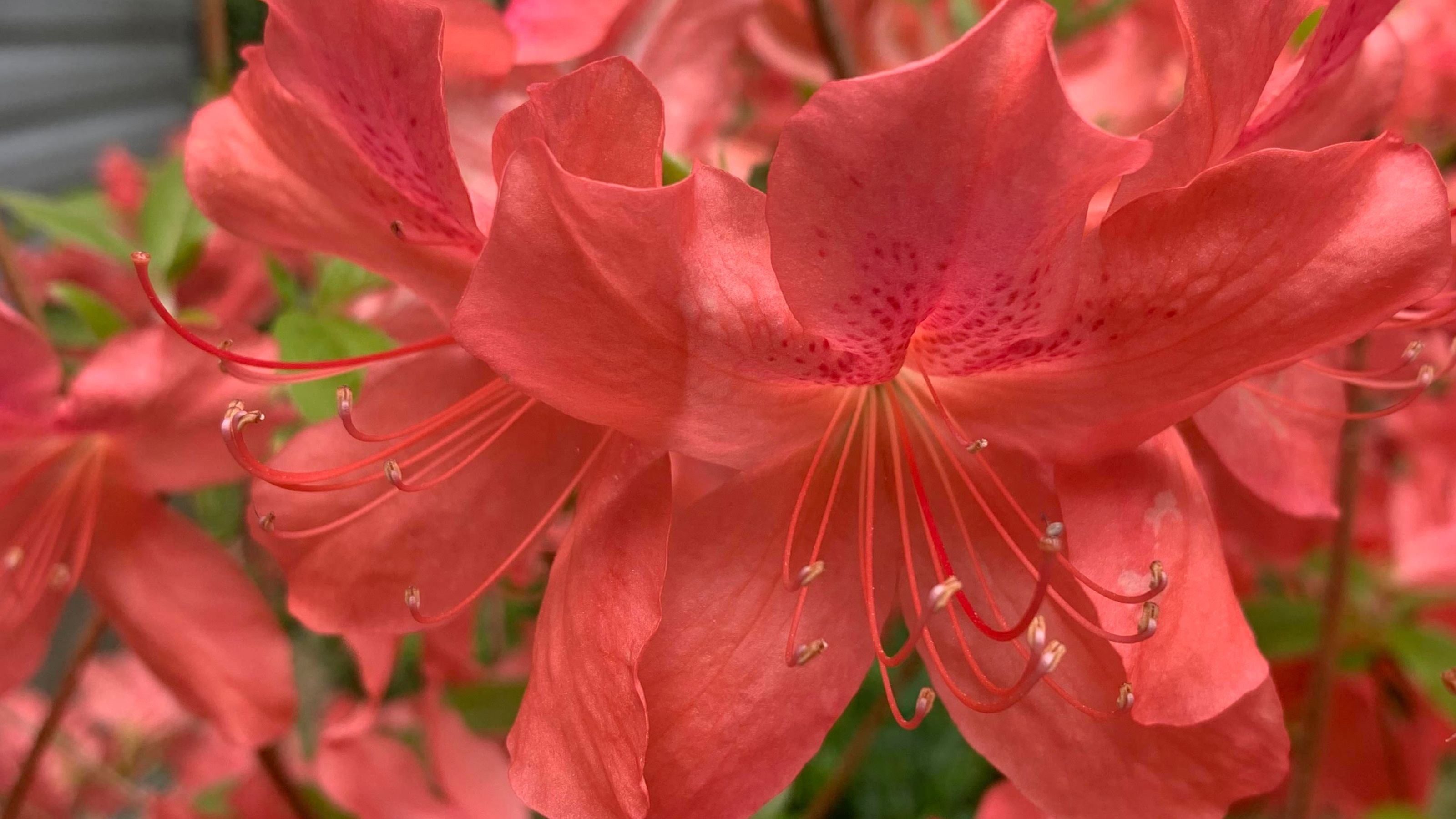 Do you need to deadhead azaleas? Top tips for pruning these flowering shrubs
Do you need to deadhead azaleas? Top tips for pruning these flowering shrubsWondering whether you need to deadhead azaleas? We asked a gardening expert for their top tips for looking after these blooms
By Becks Shepherd
-
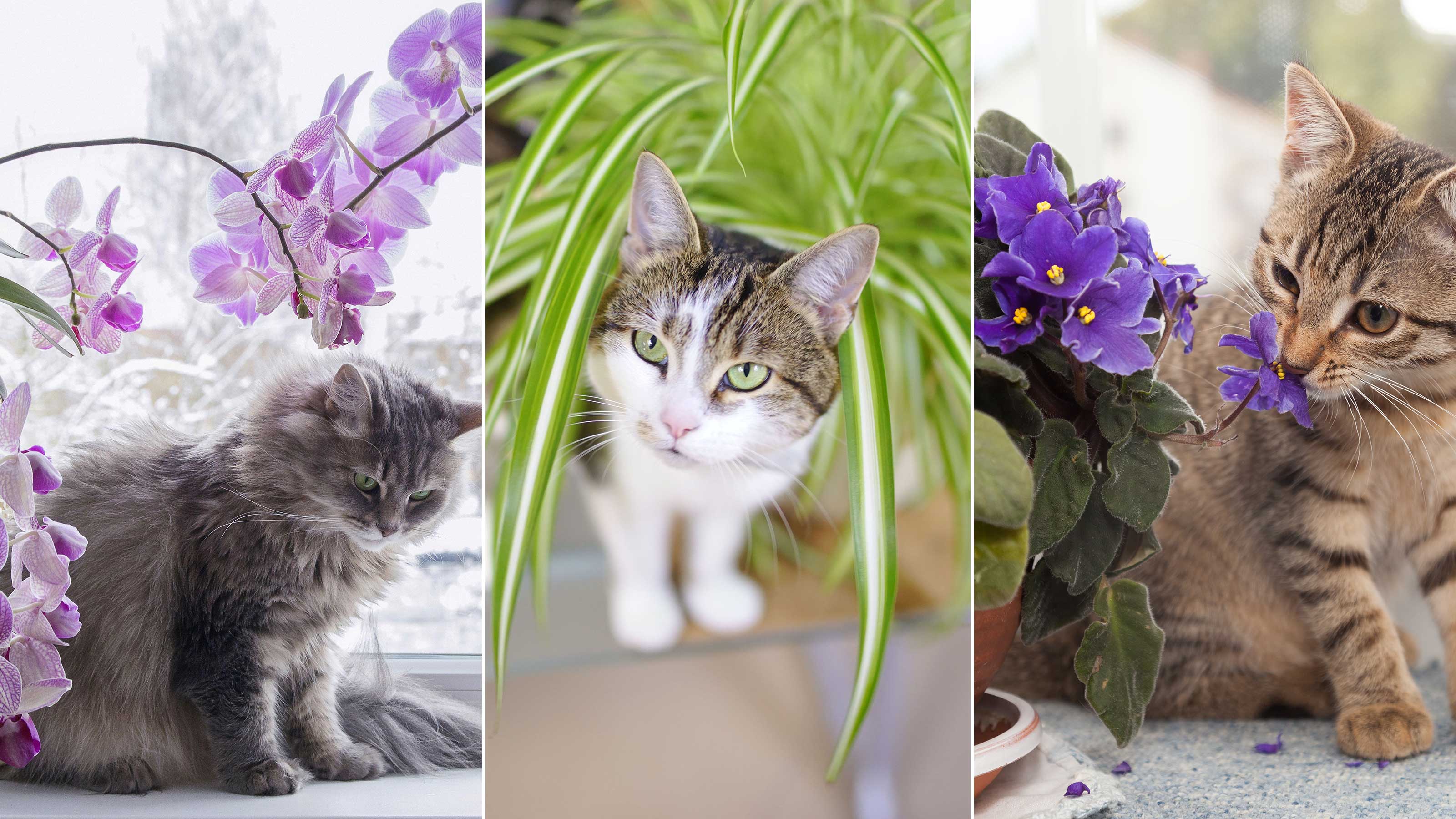 10 houseplants that are not toxic to cats — plus expert advice on keeping your pets safe
10 houseplants that are not toxic to cats — plus expert advice on keeping your pets safeKeep your four-legged companion safe by choosing these houseplants that are not toxic to cats, and learning the dangers of those that are, according to veterinary experts
By Holly Crossley
-
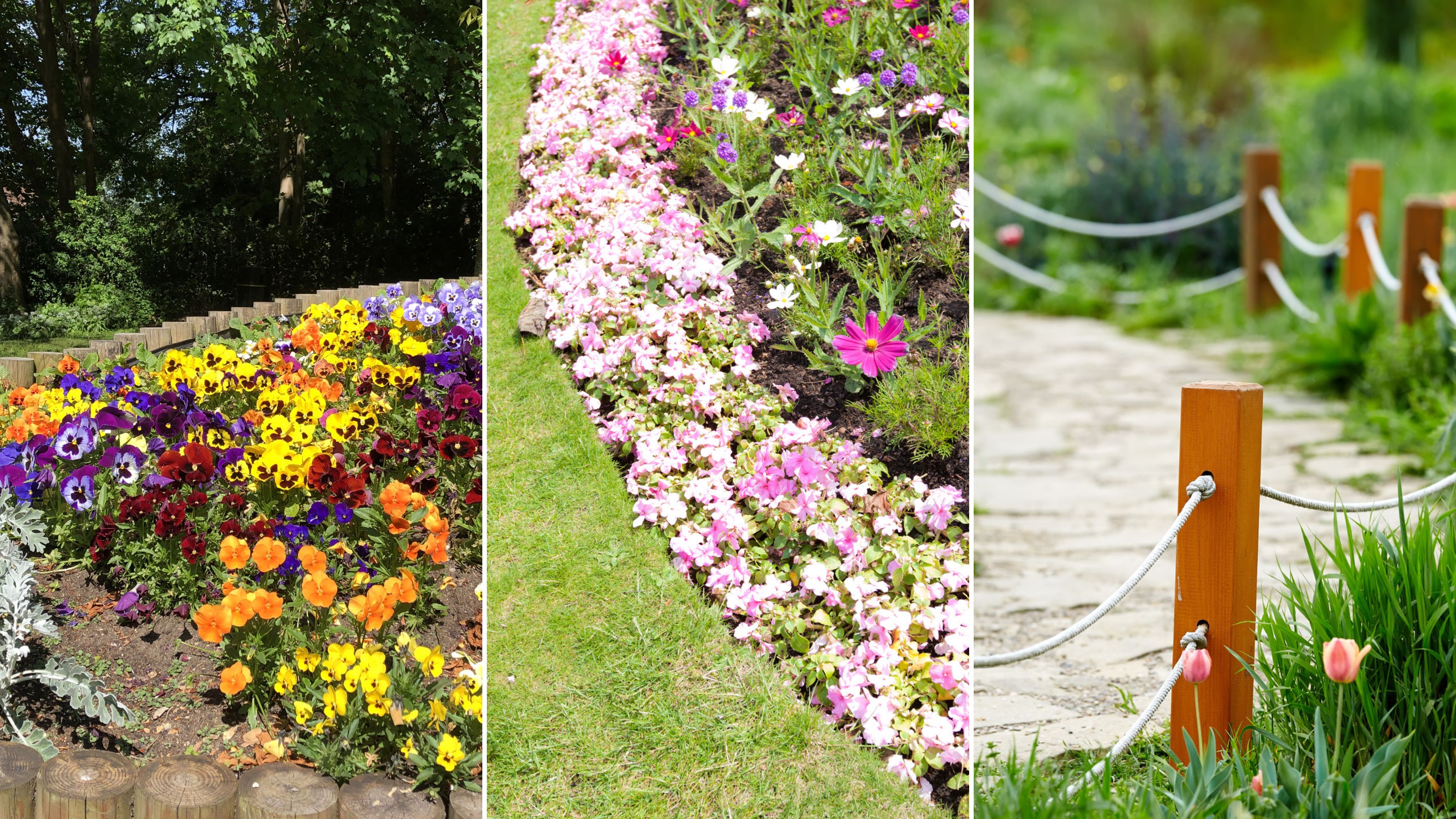 14 lawn edging ideas that will add definition and style to your backyard
14 lawn edging ideas that will add definition and style to your backyardWant to neaten up your lawn with lawn edging ideas? From fresh flowers to laidback bricks, we've scouted out materials and styles that look brilliant
By Eve Smallman
-
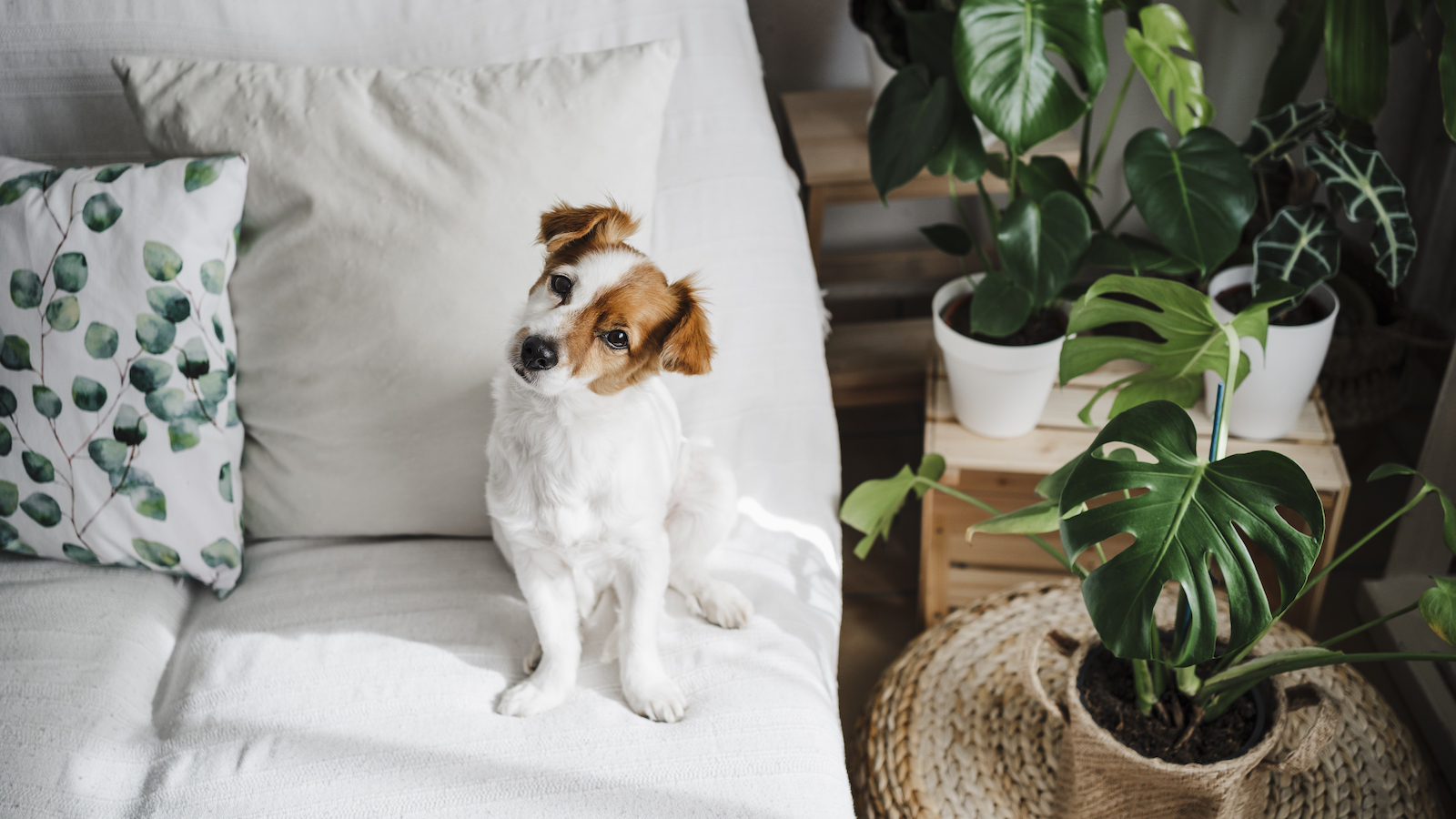 Which houseplants are toxic to dogs? Vet experts pinpoint problem plants and solutions
Which houseplants are toxic to dogs? Vet experts pinpoint problem plants and solutionsWondering Which houseplants are toxic to dogs? We spoke to vets about the problematic leafy greens, what they trigger in dogs, and how to find a solution
By Danielle Valente
-
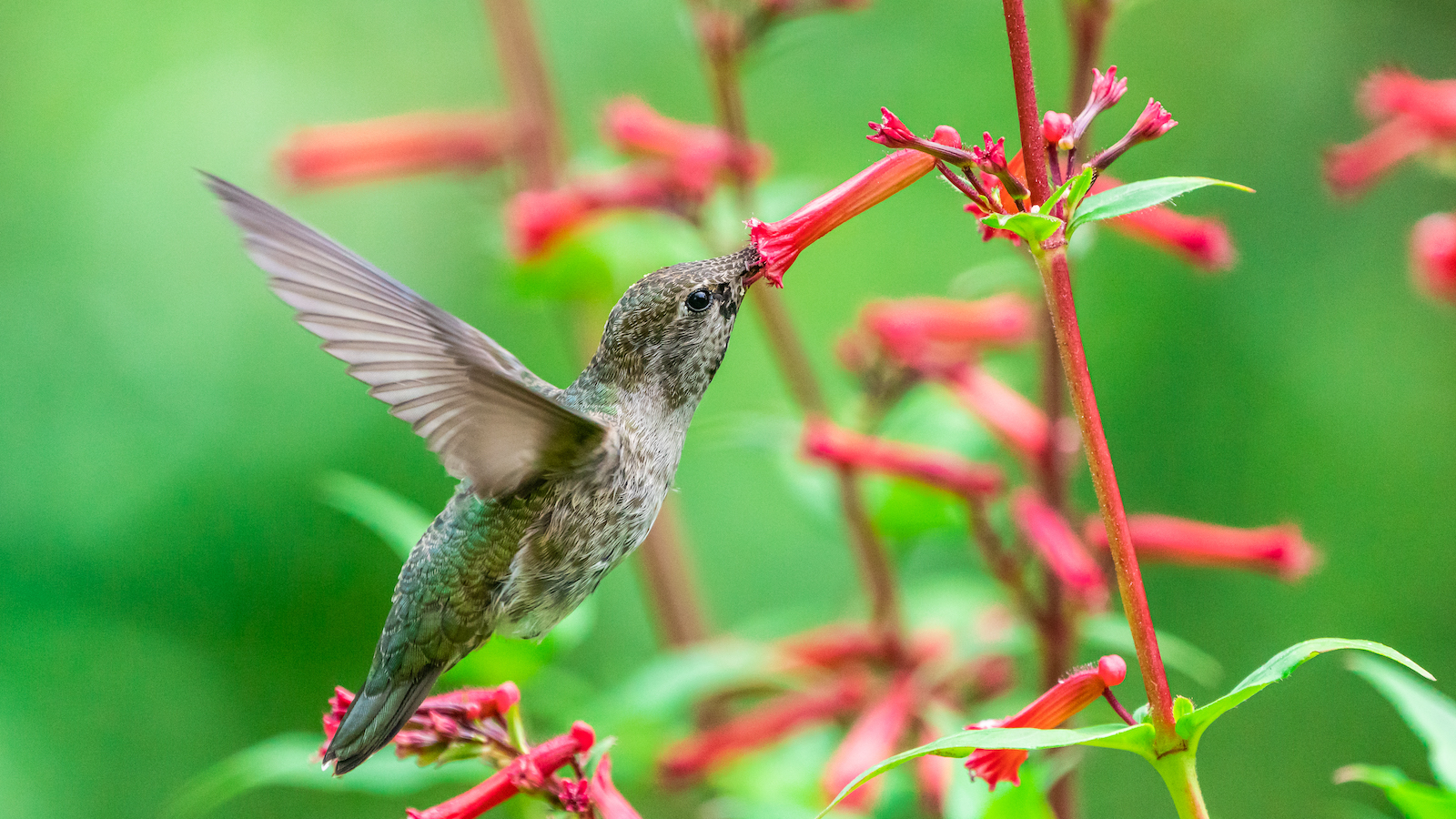 How to attract hummingbirds to your backyard, according to ornithologists
How to attract hummingbirds to your backyard, according to ornithologistsTrying to figure out How to attract hummingbirds to your backyard? These ornithologist-backed tips will guarantee you visitors in no time
By Danielle Valente
-
 Does hydrangea bloom every year? Pros spill the dirt on the "garden favorite" and when to expect it
Does hydrangea bloom every year? Pros spill the dirt on the "garden favorite" and when to expect itWondering, "Does hydrangea bloom every year"? We asked the pros all about the garden favorite and how often to expect them — here's the dirt.
By Danielle Valente